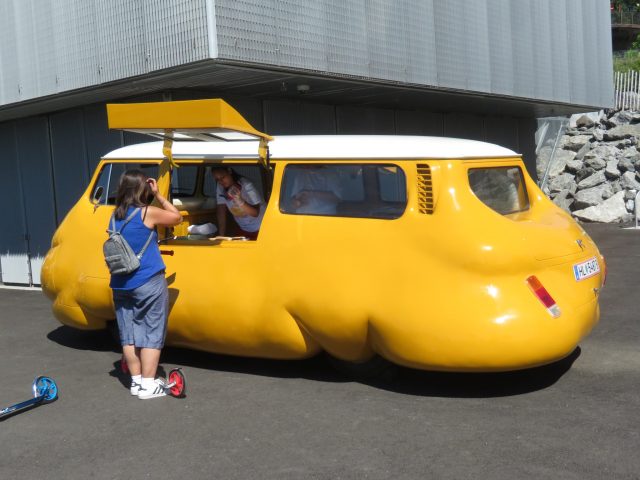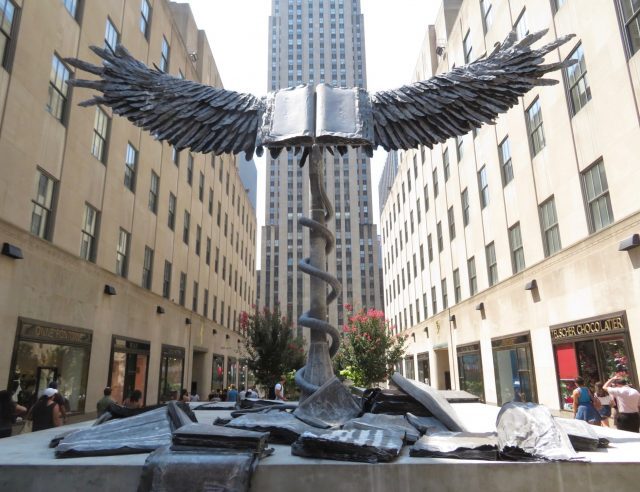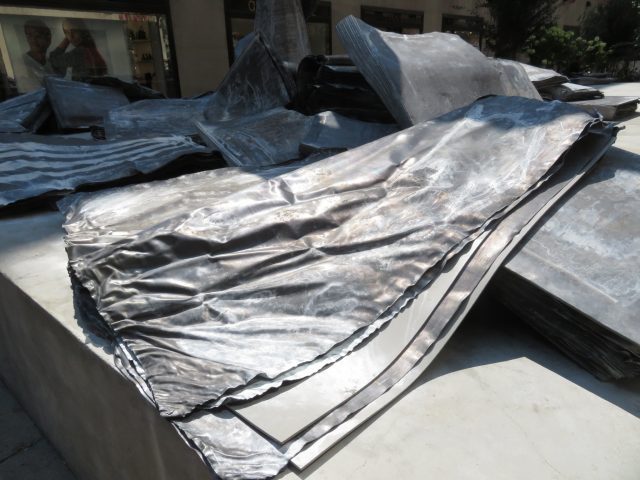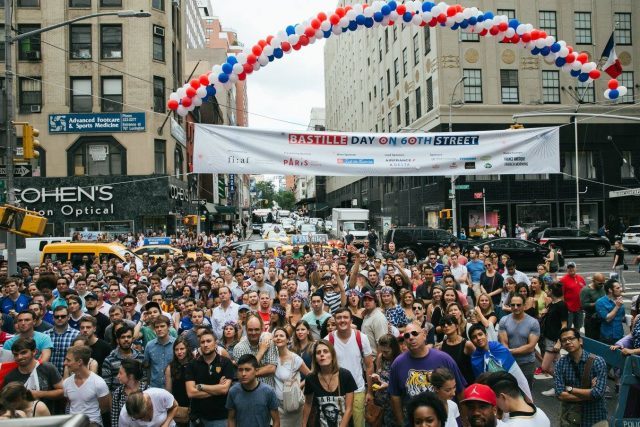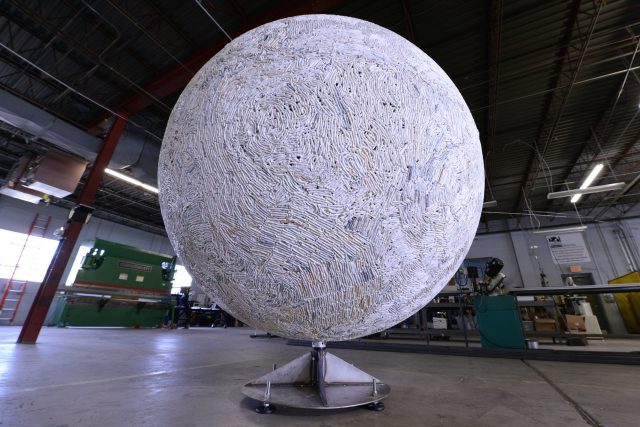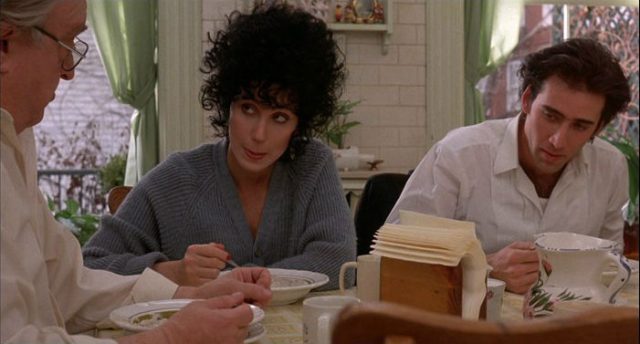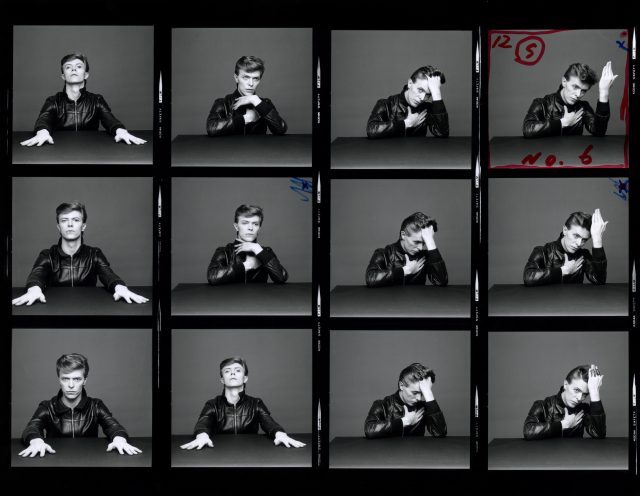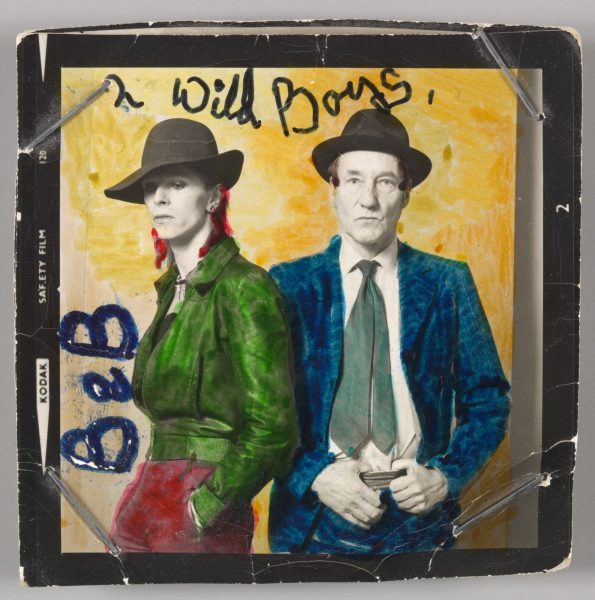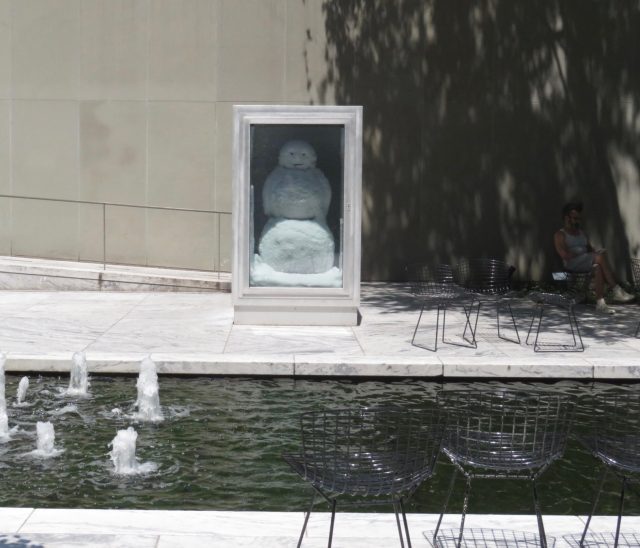
Peter Fischli’s “Snowman” is centerpiece of exhibition in Abby Aldrich Rockefeller Sculpture Garden at MoMA (photo by twi-ny/mdr)
Museum of Modern Art
The Abby Aldrich Rockefeller Sculpture Garden
West 54th St. between Fifth & Sixth Aves.
Early hours: open daily 9:00 – 10:30 am, free
www.moma.org
online slideshow
Two years ago, the subversive DIY aesthetic of longtime collaborators Peter Fischli and David Weiss was on view at the Guggenheim in the engaging retrospective “How to Work Better.” Fischli has now headed to MoMA — Weiss passed away in 2012 — for the “Artist’s Choice” show “If Everything Is Sculpture Why Make Sculpture?” It’s the thirteenth in the three-decade-old series, which has previously turned over the curatorial reins to Mona Hatoum, Elizabeth Murray, David Hammons, Stephen Sondheim, and others, and is the first one to take place in the Abby Aldrich Rockefeller Sculpture Garden, where the Swiss artist has created an intervention that will delight regular visitors to the outdoor space, who will notice subtle and not so subtle changes, while also charming newcomers to the garden. Only one of Katharina Fritsch’s “Figurengruppe (Group of Figures)” stands on the main level, “Yellow Madonna,” the others apparently spending the summer in the Hamptons. Ben Vautier’s word painting on wood, “If Everything Is Sculpture Why Make Sculpture?,” is a rare example of a painting hanging outside, not concerned about the elements ruining it. Only the first three bronze versions of Henri Matisse’s exquisite “The Back” adorn the north wall, the ghostly outline of the missing fourth clearly visible. Fischli and Wade Guyton’s “Untitled Aspen Wall Nr. 6” is an out-of-place gallery wall with nothing hanging on it. Fischli has left in several mainstays of the garden, including Aristide Maillol’s “The Mediterranean” and “The River,” Hector Guimard’s “Entrance Gate to Paris Subway,” Pablo Picasso’s “She-Goat,” and Isa Genzken’s “Rose II” while adding Tony Smith’s “Moondog 1964,” Herbert Ferber’s “Roof Sculpture with S Curve, II,” and Robert Breer’s “Osaka I” white dome.

Peter Fischli and Wade Guyton’s gallery wall sits empty in MoMA sculpture garden (photo by twi-ny/mdr)
The centerpiece of the exhibit is “Snowman,” a human-size, frost-covered copper snowman in a large vitrine with a special coolant system to prevent it from melting in the summer heat. It’s adapted from a 1990 commission Fischli and Weiss made for a thermic power plant in Saarbrücken, Germany, that used its own energy to keep the snowman frozen. It’s a big crowd pleaser while also continuing the artists’ DIY sensitivity — as Fischli has stated, the snowman is a “sculpture that almost anyone can make” — and questioning of just what art is. “The snowman may be a metaphor for our climate crisis, but it’s running on electricity, so it’s a contradiction, because it’s also contributing to global warming,” Fischli told the New Yorker last summer, “but the piece is about taking care of something and protecting it . . . and being dependent on something. Someone else has to take care of him. And the contradiction between artificial and nature, because I’m making snow from a machine.” Oh, and be sure to pick up a brochure in one of Fischli’s specially designed boxes. The snowman and other works selected by Fischli (by Franz West, Mary Callery, Elie Nadelman, and William Tucker) will remain on view in the garden through next spring. You can also visit the garden on Thursday nights when MoMA presents concerts at 6:30 with Combo Chimbita on July 26, OSHUN on August 2, Xenia Rubinos on August 9, Kemba on August 16, Zenizen on August 23, and Mutual Benefit on August 30.
